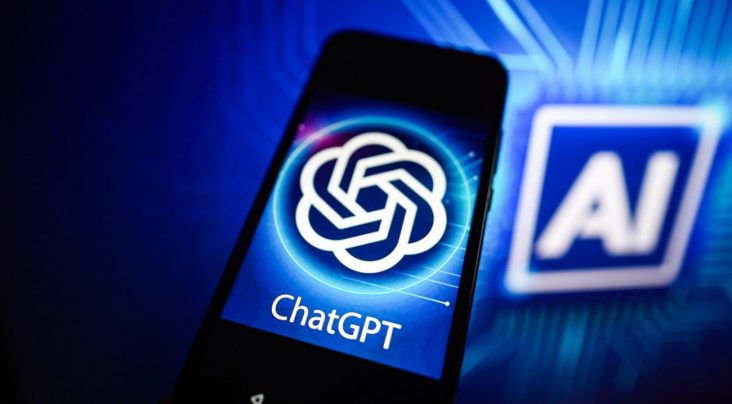In a groundbreaking leap forward for conversational AI, OpenAI has unleashed a wave of transformative updates to its renowned chatbot, ChatGPT. Now, ChatGPT not only understands your text-based queries but also responds to your voice commands and interprets your images, ushering in a new era of interactive artificial intelligence.
Image-Powered Intelligence
But the innovation doesn’t stop there. OpenAI has equipped ChatGPT with image recognition capabilities. Now, you can prompt the chatbot by uploading a picture or utilizing its drawing tool to specify details within an image. For example, snap a photo of your refrigerator’s contents, and ChatGPT can help you concoct a meal plan using the ingredients at your disposal.
This image search functionality is akin to Google Lens but with the added advantage of a back-and-forth conversation. You can refine your queries, ensuring ChatGPT understands your needs accurately.
Related: OpenAI’s Free Prompt Engineering Course
Voice-Powered Conversations
Imagine being able to engage in a lively conversation with a chatbot, just like you would with a virtual assistant such as Amazon’s Alexa or Apple’s Siri. OpenAI has made this a reality by introducing voice capabilities to ChatGPT. Users can now simply speak aloud to ChatGPT, and it will respond in a human-like voice. This groundbreaking feature opens up a world of possibilities, from requesting bedtime stories for your family to settling dinner table debates.
Powered by a state-of-the-art text-to-speech model, ChatGPT’s voice is remarkably human-like, thanks to collaboration with professional voice actors. You can even choose from five distinct voices, making your interactions with ChatGPT all the more engaging and personalized.
Related: Elon Musk Launches X.AI, a New AI Company Set to Shake Up the Industry and Challenge OpenAI
The Technology Behind the Evolution
OpenAI’s Whisper model handles the speech-to-text conversion, while a new text-to-speech model crafts human-like audio from mere text and a few seconds of sample speech. This technology has not only empowered ChatGPT but also forged valuable partnerships. Spotify, for instance, collaborates with OpenAI to translate podcasts into multiple languages while retaining the podcaster’s original voice.
However, OpenAI is vigilant about the potential misuse of this technology. There’s a recognition that these capabilities may be exploited by malicious actors to impersonate public figures or commit fraud. Consequently, access to this technology is controlled and limited to specific use cases and partnerships.
Navigating Potential Pitfalls
OpenAI is acutely aware of the challenges associated with this rapid evolution. For instance, when using image search, ChatGPT is deliberately restrained from making direct statements about people, preserving accuracy and privacy.
As ChatGPT enters a new phase of evolution, it offers users an unprecedented level of interactivity and responsiveness. From voice-powered conversations to image-based inquiries, ChatGPT is breaking barriers and redefining the possibilities of conversational AI. OpenAI’s careful approach to managing the risks ensures that this technology serves as a powerful tool while minimizing potential pitfalls. The future of AI-assisted interactions has arrived, and it’s more exciting and promising than ever. Stay tuned for the arrival of these game-changing features, which will soon be available to ChatGPT’s Plus and Enterprise subscribers, heralding a new era of AI-powered conversations.


